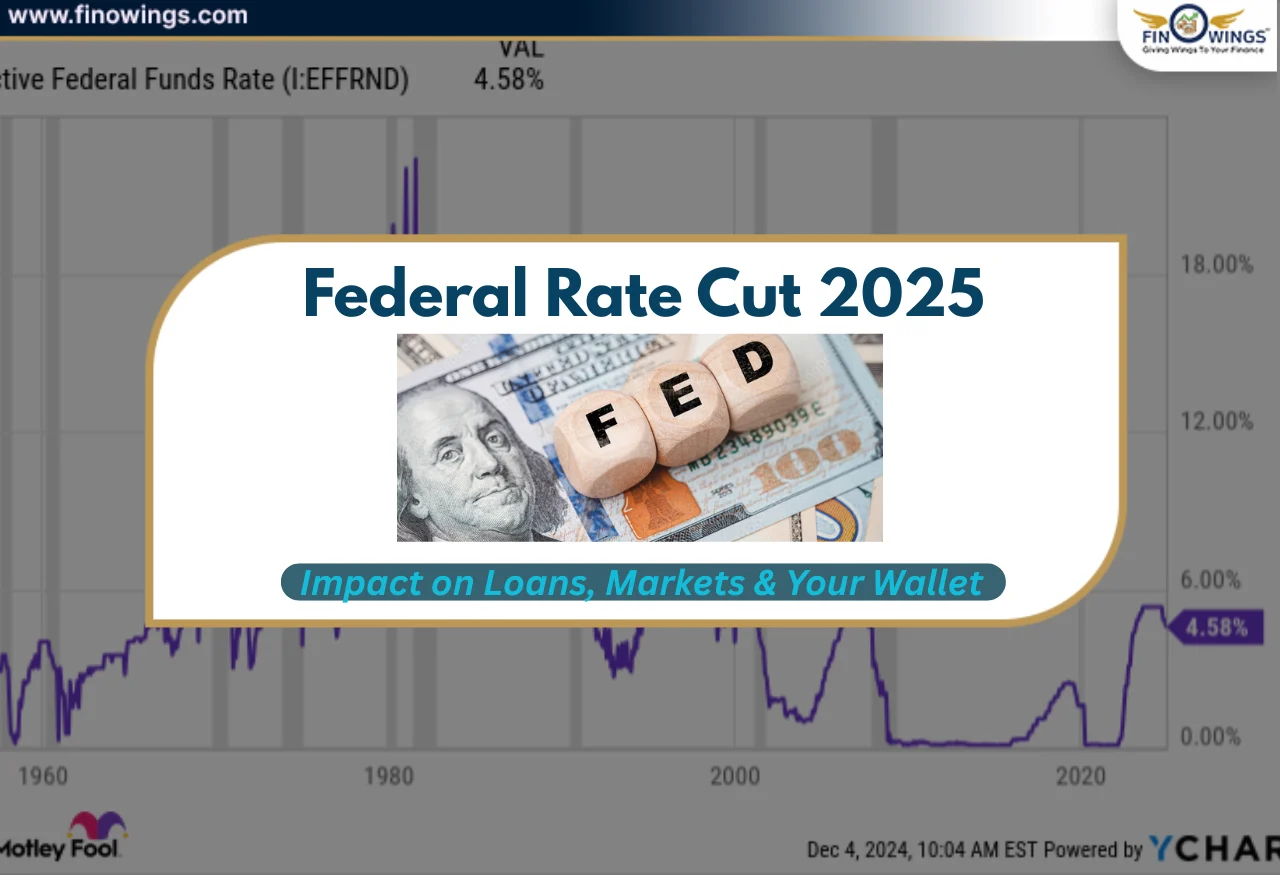Home >> Blog >> Why Stock Market Crash Today? Why US Market Down
Why Stock Market Crash Today? Why US Market Down
Recently, the market experienced a significant downturn despite earlier positive sentiments driven by the Fed's discussion on rate cuts. Nifty opened 1.2% lower, marking a considerable gap down. So, what triggered such a sudden and substantial decline?
Geopolitical Tensions
Although there were concerns over geopolitical tensions involving Israel, Hamas, and Iran, these were not the primary reasons for the market fall. There were fears of potential conflicts and their impact on global markets, but these factors were not the main drivers of the recent decline.
Detailed Video:
Key Factors Behind the Market Decline
Let's see the primary reasons behind this market downturn:
1. Negative Economic Data from the U.S.
The first major reason for the market decline was the release of weak economic data from the United States, which cast a shadow over the economy’s health.
-
Non-Farm Payroll (NFP) Data: This data reflects the employment levels in the U.S., excluding the farming industry. The recent NFP data indicated an increase in unemployment, suggesting that more people are jobless and seeking government assistance. This rise in joblessness is a negative sign for the economy, contributing to the market's negative sentiment.
-
ISM Manufacturing PMI: The U.S. ISM Manufacturing Purchasing Managers' Index (PMI) is a critical monthly indicator of economic activity. This index, based on a survey of purchasing managers at manufacturing firms, showed a reading below the key threshold of 50, indicating a contraction in the manufacturing sector. This low data point is the worst in 2024 so far, reflecting a shrinking economy and contributing to market fears.
2. Earnings and Future Outlook
Another significant factor was the outlook provided by major IT companies during their earnings calls. Although many large IT firms reported good results, they painted a challenging picture for the future, indicating potential difficulties that could negatively impact their businesses. For instance, Amazon's recent results included negative guidance, which added to the overall negative sentiment in the market.
3. Rate Hike in Japan
Japan’s recent rate hike also played a role in the market decline. Japan increased its interest rates from 0.1% to 0.25%, the highest since 2008. Rate hikes are generally seen as negative for economies and stock markets, leading to a 6% drop in Japan's index. This move had a ripple effect, impacting global markets, including those in the U.S. and India.
Conclusion
Despite the overall market downturn, Indian markets have shown remarkable resilience. The influence of Foreign Institutional Investors (FIIs) has diminished, and the market is now driven more by domestic retail investors. Consequently, Indian markets fell less than 1%, showcasing their strength compared to other major indices.
Understanding these macroeconomic factors is crucial for investors. The sudden market decline can be attributed to weak economic data from the U.S., negative future outlooks from major companies, and a significant rate hike in Japan. By staying informed about these factors, investors can make better decisions and avoid panic during such market fluctuations.
Disclaimer: This Stock Analysis is only for informational purposes and should not be considered as investment advice. Always do your research and consult with a financial advisor.
Author
Frequently Asked Questions
The recent market downturn was triggered by weak economic data from the U.S., negative outlooks from major IT companies, and a significant rate hike in Japan.
Weak U.S. economic data, including disappointing Non-Farm Payroll and ISM Manufacturing PMI figures, signaled economic weakness, contributing to market fears and declines.
Japan's interest rate increase to 0.25%, the highest since 2008, led to a 6% drop in Japan's index, which had a ripple effect, impacting markets worldwide, including in the U.S. and India.
Despite good results, major IT companies gave a challenging future outlook during earnings calls, adding to negative sentiment and market declines, exemplified by Amazon's negative guidance.
Indian markets fell less than 1%, showcasing strength due to reduced influence from Foreign Institutional Investors (FIIs) and increased participation from domestic retail investors.















